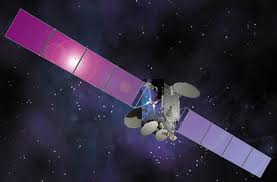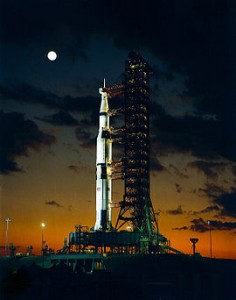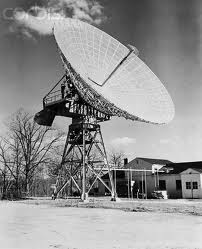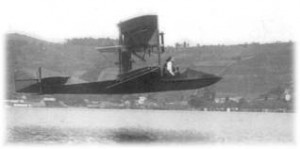Boeing 747 Flies for First Time
The Boeing 747, the original “Jumbo Jet”, makes its maiden flight. The 747 was the first wide-body airliner, first to use the twin-aisle concept, and the first airliner to use high bypass turbofan engines.
911 is Born
iPod Shuffle Introduced
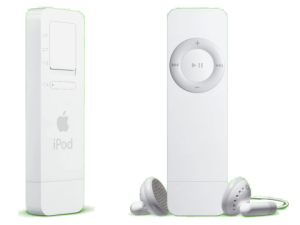
Apple introduces the iPod Shuffle, the first iPod to use flash memory and the smallest iPod made to date. The small size and low cost of the iPod Shuffle proved popular, as Apple sold 10 million iPod Shuffles by September 2006. It also paved the way for future flash-based iPods, which have now become more common than hard drive based units.
Telstar 401 Satellite Fails Mysteriously
Telstar 401, a satellite owned by AT&T that transmitted computer data, phone calls, and television programming, suddenly fails for no apparent reason. AT&T attempts for over a week to reestablish contact, but ultimately fails. While AT&T never officially acknowledges the possibility, many scientists believe that a major solar storm may have contributed to the failure of the satellite.
Three Spacecraft Dock Together For First Time
Soyuz 27 links with Salyut 6 & Soyuz 26, marking the first time that three spacecraft are docked together.
First Solo Flight From Hawaii to California
Amelia Earhart becomes the first person, man or woman, to fly solo from Hawaii to California.
Apple Ships Intel Inside
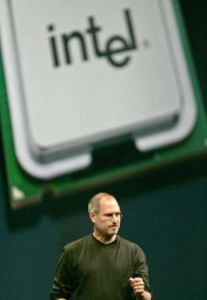
Seven months after announcing that Macintosh computers will transition from PowerPC to Intel, the first Apple computers to ship with Intel processors are released. The Intel-based iMac and MacBook Pro models will soon be followed by the rest of Apple’s Macintosh line in 2006. The importance of this transition can not be overlooked, as it enabled a level of compatibility with Windows computers never before possible. Through virtual machine software or Apple’s later introduced Boot Camp technology, people could run Windows software directly on their Macs at the same speed as a Windows based computer. This effectively removed a huge roadblock many people had to owning a Macintosh computer, even if it was more of a psychological security-blanket for many.
Moon Rocket Announced
NASA announces plans to build the C-5 rocket booster. It became better known as the Saturn V moon rocket, which launched every Apollo moon mission.



